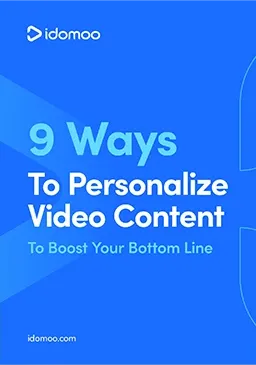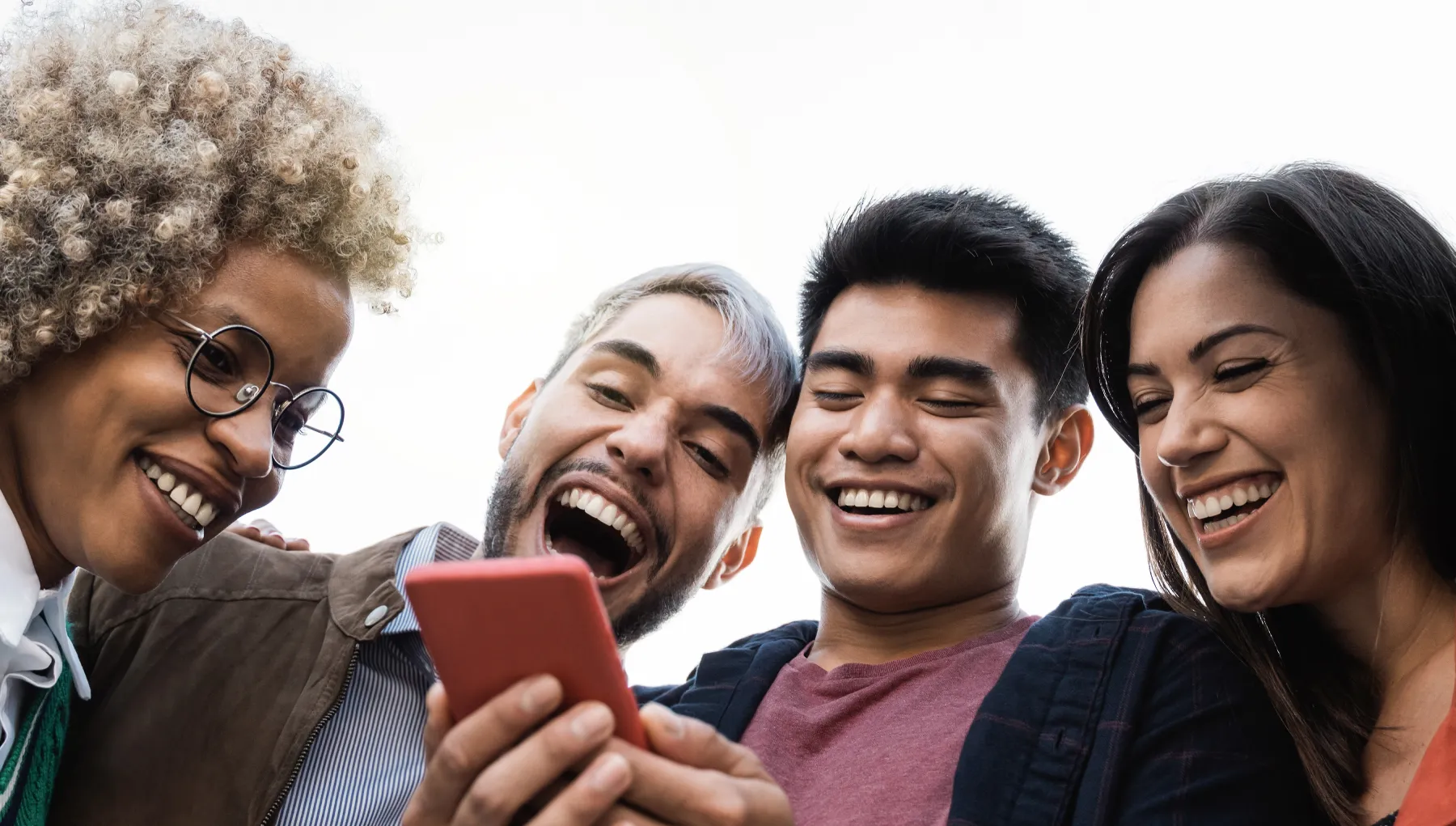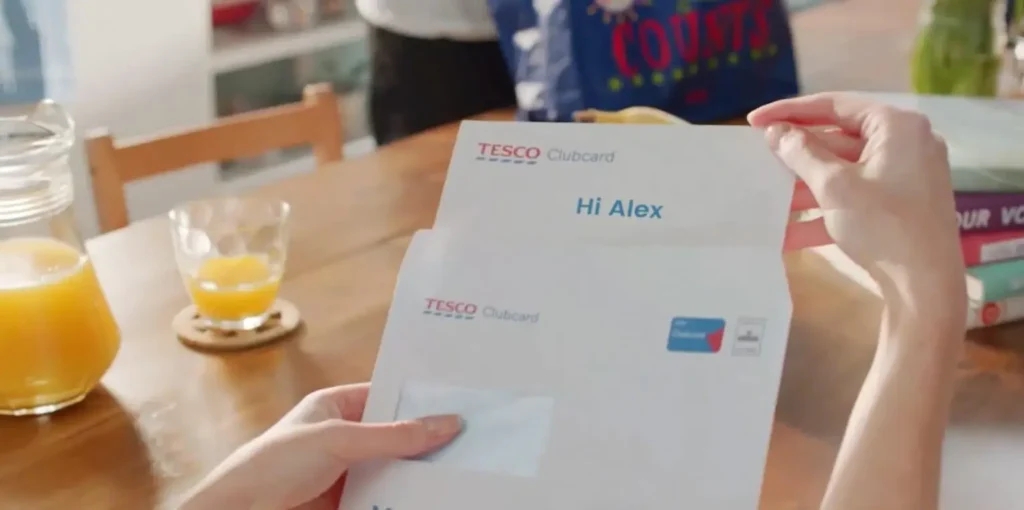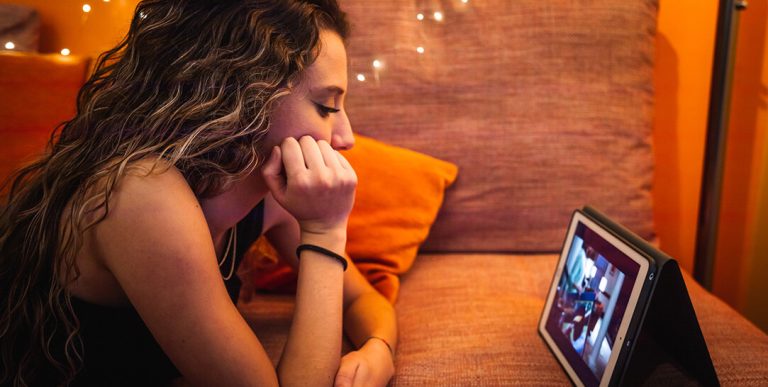Personalization has become an inescapable marketing buzzword. It seems that everywhere you turn, someone is talking about personalized experiences, personalized ads, personalized communications and so on.
But while personalization is powerful on its own, it’s even more effective when combined with video — that is, Personalized Video.
Cutting-edge software allows individuals of all professional backgrounds to create cinematic quality Personalized Videos by the millions, with each one customized to the individual viewer. Better yet, it can all be automated, saving companies time, effort and money.
And it works. The latest data shows that Personalized Video is 3.5x more likely than generic video to make someone become or remain a customer.
Top brands across industries — from Chase and Vodafone to Rocket Mortgage and American Airlines — are already combining video with personalization using Idomoo’s Next Generation Video Platform.
So how can you do the same? Let’s take a look at the top 10 ways to personalize video effectively.
1. Dynamic Scene Selection
Personalization means messaging should never be one-size-fits-all. Instead, it should be tailored to each viewer, ensuring the message is always relevant. That involves showing different people different scenes so each viewer sees what is best suited for them — and nothing else.
Post on
Think about it: You wouldn’t want to address a first-time customer the same way as you would a loyalty club member or promote a service upgrade to someone who already has it.
With dynamic scene selection, you can swap scenes based on specific factors — the viewer’s age, location, purchase activity, device type or any other available data point — and deliver a viewing experience that’s uniquely personal. Here are a few possibilities:
- Welcome new customers while recognizing and rewarding loyal customers.
- Recommend products or services that match a customer’s purchase history and preferences.
- Save viewers time by omitting irrelevant content, like an upsell they don’t need.
- Present meaningful information, guidance and next steps based on their past behavior and CRM data.
These are just some of the countless ways that the scenes shown within the video can be personalized to each and every viewer.
In action, this might look like what American Airlines did in the Personalized Videos below, showing each traveler a different cityscape clip based on their top destination.
BBVA also implemented this approach well with its retirement savings campaign. Framed as a “message from your future self,” the video dynamically adjusted key details based on each viewer’s pension data. But it didn’t stop there. Even the scenes were different depending on the gender of the viewer, with customers seeing a more relatable version of their future self.
How does this all work? Our video platform is programmed so it knows to show only relevant scenes to each viewer. Different scenes are pulled automatically based on viewer data, creating a combination that’s truly one of a kind. The result? You customers don’t just get a video. They get their video.
2. Interactivity
Personalization works best when you have data — but what if you don’t? Maybe it’s a first-time visitor to your site or a prospective customer who hasn’t shared their preferences yet. Or perhaps you’re expecting a broad audience where viewers have completely different needs.
Enter interactivity. If you don’t know what to show the user, ask them. Interactivity gamifies the experience and puts the user in control, letting them tell you what they want to see. It’s real-time personalization, driven by the viewer themselves.
This is a fun example from EE doing exactly that (and it has first-name personalization too).
Think of it as a choose-your-own-adventure experience where users select the topics that interest them most.
This can be especially helpful for customer service use cases, allowing people to self-serve based on their specific needs, driving down support costs.
Users can also be given menus to skip between scenes so that they don’t have to waste time with irrelevant content.
Additionally, you can add links that let a viewer journey beyond the video. They can add items to their cart, visit other websites or be taken wherever suits them best — all delivered via the entertaining engagement of a video.
By letting viewers shape their own experience, you’re putting personalization in their hands — no prior data required.
3. Text
Text is often the simplest means of personalizing video as well as one of the most effective. Customers can get their data, their name, their numbers and all of their info personally populated.
Take Volkswagen’s customer onboarding video as an example. Buying a car is a big investment, and people value clear and relevant information when it comes to major purchases. Instead of a generic explainer, Volkswagen created a video that feels personal and human.
Real people guide the viewer through their finance plan, adding a human touch to the experience. Meanwhile, the personalized text reflects each customer’s actual contract details, from their monthly payment amount to important finance dates, ensuring they have the exact information they need.
But not all text personalization is created equal. It’s worth noting that some companies use only basic HTML overlays in their personalization, which greatly limits the ability to have truly organic cinematic quality in your text personalization. HTML overlays can also leave you vulnerable from a data security standpoint, potentially letting a malicious person make edits to a video.
That’s why when looking for a Personalized Video vendor, we always recommend choosing one that allows for personalized content that’s native to the video itself. This guarantees a polished, high-quality experience that’s as secure as it is dynamic.
4. Voiceover
Personalization doesn’t stop at the visual. What we hear is every bit as important as what we see, and a personalized voiceover can take your video to the next level.
Hearing your name spoken aloud can create a real “wow” moment.
Pro tip: This is the perfect way to kick off the video, immediately capturing your viewer’s attention and encouraging them to stay tuned.
There are a few ways to produce personalized voiceovers. AI text-to-speech (TTS) is one option that’s both scalable and cost-effective. Lucas, our AI video creator, can generate greetings in over 50 languages and over 100 if you include accents and dialects.

You can also hire a voice actor. Recording hundreds or even thousands of personalized greetings – from “Hi, Adam” through “Hi, Zeke” – typically only takes 2-3 hours.
For those outlier names that don’t get recorded (this is generally less than 15% of the audience), the viewer will still see their name while hearing a generic fallback line.
Whether you choose TTS or a voice actor, personalized voiceovers are a great way to make your video feel more human and engaging, enhancing the overall customer experience.
5. Images
Images within a video can also be data-driven. For instance, if you’re showcasing a phone upgrade offer, you can display the viewer’s current phone model they can trade in. Or, if you want to show a postcard from the recipient’s future vacation destination, you can pull in images from that location. You could even incorporate the viewer’s own photos into the video.
A great example of this is Cadbury’s campaign, where users were able to add pictures pulled from their Facebook and share it with a gift recipient. The result was a fun Personalized Video that included images straight from their own life, making it feel incredibly special.
Our Next Generation Video Platform makes it easy to achieve this. You can set placeholders that will be automatically filled with dynamic images based on who’s watching. It’s a simple way to take your video content from generic to personal.
6. Video-In-Video
Instead of just showing a standard video, you can embed personalized clips within a video to create a much more customized experience.
For example, gamers can be shown clips from their top-played games, making for a familiar and dynamic experience.
Or you can share unique live footage, like adidas did when they delivered Personalized Videos to all 30,000 Boston Marathon runners. Each video featured video clips of the runners themselves competing in the race.
This campaign had some impressive results, by the way. (How does 11x sales sound?) Read how adidas leveraged real-time Personalized Video for a winning campaign.
7. Data Visualization: Charts and Graphs
Data visualization is an art. It’s not just about showing numbers — it’s about using that data to tell a story.
We don’t want to leave audiences wondering, “What does all this data mean?” Rather, we want them to instantly “get it.” That means presenting data in a format that’s easily digestible, and a powerful way to do that is by using charts and graphs.
Thanks to some of the incredible technology Idomoo has developed, we can take this a step further and personalize those charts and graphs with each user’s unique data.
Imagine watching a video where your personal stats, financial numbers or performance metrics are not only reported but presented in a visual way. It’s all about making the data relevant and easy to understand while also giving it a personal touch.
See it in action below at the 1-minute mark with a personalized version of a bar chart.
8. Languages
Internationalization is another growing online buzzword that simply means making it work across countries and cultures. Naturally, that means Personalized Video must support multiple languages.
Take Ubisoft’s campaign celebrating Assassin’s Creed’s 15th anniversary. With millions of users worldwide, the gaming company knew it had to create something special for its diverse player base. That included making sure the content felt personal to each player — regardless of what language they spoke.
Supporting multiple languages in Personalized Video involves a few key elements:
- Multiple alphabets: From Latin characters to Arabic scripts, your video platform should support an array of different alphabets, accented letters and corresponding fonts, including Unicode.
- Text direction: Make sure your platform is designed to handle both left-to-right and right-to-left text.
- Captions: Offering multiple language caption options is key to making sure every viewer can follow along.
With these language features, you can turn your Personalized Videos into a truly global campaign, breaking down barriers and making every viewer feel valued and connected.
9. Accessibility
The ADA (Americans With Disabilities Act) and similar efforts in the EU have made web accessibility for everyone, including those with disabilities, a high priority. Therefore, it’s become increasingly non-negotiable for major brands to follow the WCAG 2.2 (Web Content Accessibility Guidelines).
So what does this mean for Personalized Video? Well, personalization needs to go beyond just tailoring the video content. Everything surrounding the video — captioning, subtitles and dynamic transcripts — should also be personalized. These accessibility elements should be tailored in the same way to ensure that everyone can engage with the content meaningfully.
Think of the viewer who relies on captions or audio descriptions. You don’t want them to miss out on the personal touches that make their video unique. Whether it’s their name or a personalized offer, the tailored details should be reflected in every part of the video experience.
10. Music
You can personalize the music within your videos to best reflect the tastes of your audience. After all, different people have unique musical tastes, and customized music and soundtracks can make the experience more enjoyable for everyone.
Orangetheory Fitness really knocked it out of the park when it came to personalized music. For their year-in-review campaign, they partnered with a DJ to create unique music tracks that matched members’ BPMs during their workouts. In other words, the music was driven by their very own fitness data.
To top it off, the videos also included personalized details like the number of workouts, calories burned and challenges completed. Safe to say that the campaign was a hit. Orangetheory saw 45,000 additional classes booked during launch week, as well as their lowest attrition rate in 5 years.
The takeaway? Music isn’t just an afterthought. It can be a powerful way to enhance the experience, keep customers engaged and make the content speak to each viewer.
Ready To Make an Impact With Personalized Video?
We’ve entered a new era where video no longer has to be static. It can be personalized and interactive, and you can even create it with AI. That’s why we call it Next Generation Video. By wowing customers with relevant and engaging content, brands are seeing real, measurable results.
Just take a look at some of our clients’ impressive wins:
- Cisco saw a 92% increase in NPS.
- Product sales driven by email went up an astonishing 1,189% for adidas.
- Orangetheory Fitness achieved a record-high 97% attendance rate.
Ready to improve your customer communications with Next Gen Video? Schedule your free demo today and see how we can transform your business results.






